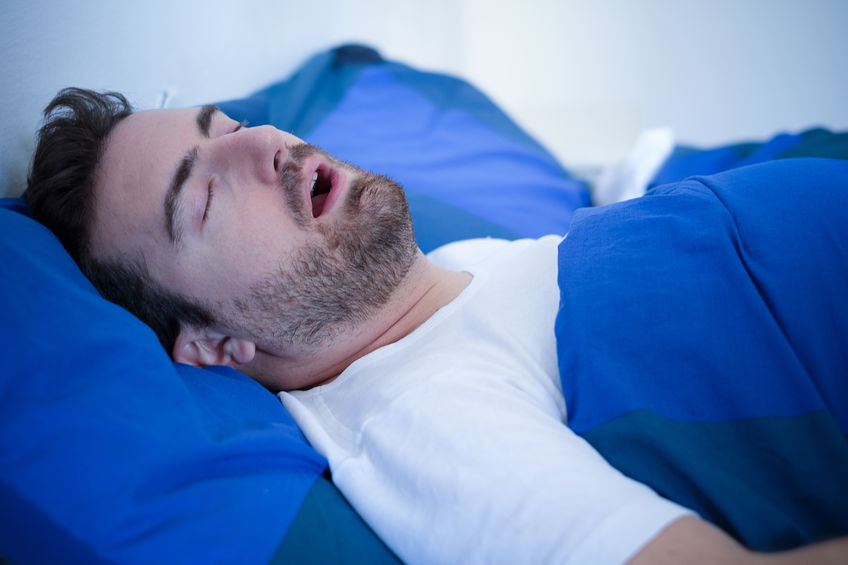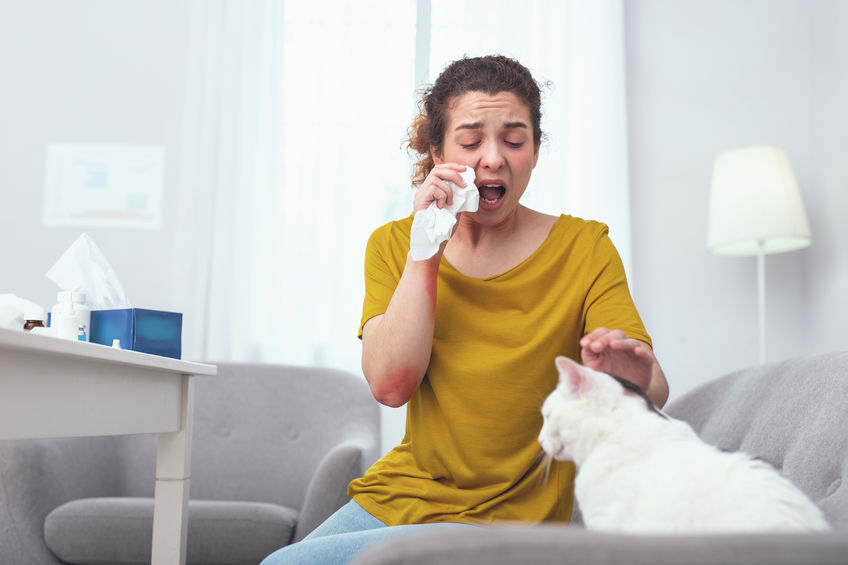Treating Nonallergic Rhinitis
Nonallergic rhinitis symptoms appear similar to that of a common cold. Caused by a variety of factors, including environmental triggers and common viruses, nonallergic rhinitis affects adults over the age of 20. Treatment includes home remedies and antibiotics.
What is rhinitis?
Rhinitis is swelling of the nasal mucosa characterized by sneezing, congestion, and a runny nose. There are two forms of rhinitis: allergic and nonallergic. Both have very similar symptoms, yet the causes are different. Allergic rhinitis is the body’s immune system reaction to an environmental trigger. A good example of this is hay fever. Nonallergic rhinitis is caused by environmental irritants or a viral infection. Though the symptoms are similar, nonallergic rhinitis typically will not have the itchy eyes, nose, and throat as seen in many allergic reactions. Rhinitis can be acute or chronic and affects people of all ages. Nonallergic rhinitis is more common after the age of 20.
Causes and triggers
Nonallergic rhinitis does not involve the immune system. In this condition, the blood vessels inside the nose expand, leading to congestion. What causes the blood vessels to dilate is unknown; however, there are several known triggers. Some of these triggers include:
- Environmental irritants such as perfumes, tobacco, strong odors, and smog
- Changes in the temperature or humidity levels
- Viral infections such as the flu or common cold
- Pain relievers, hypertension medications, oral contraceptives, and antidepressants
- Overuse of nasal decongestant sprays
- Changes in hormones due to pregnancy, menstruation, or thyroid problems
- Sleep disorders such as obstructive sleep apnea (OSA)
Complications of the condition
Nonallergic rhinitis can develop into additional medical problems. A blocked or runny nose can lead to difficulty sleeping, daytime drowsiness, mood changes, and difficulty concentrating. The swelling can lead to sinusitis, nasal polyps, and middle ear infections. Nonallergic rhinitis is often associated with a disruption to daily life.
Diagnosis and treatment
There is no specific test for nonallergic rhinitis. Diagnosis for nonallergic rhinitis usually includes a physical exam and allergy testing. Allergy testing is needed to rule out the possibility that an allergen is a cause. Ruling out the possibility of sinus problems, such as nasal polyps or a deviated septum, can be done through a nasal endoscopy and CT scan. For mild cases of nonallergic rhinitis, lifestyle changes and home remedies may be enough. Treatment for more severe cases may require the use of antibiotics. Surgery is a last resort.
Lifestyle changes and medications
In some cases, simple lifestyle changes can help to improve uncomfortable symptoms. Some of these changes include:
- Avoiding triggers
- Keeping windows shut when pollen is high
- Changing air filters regularly in both the house and vacuum cleaner
- Showering right after outdoor activities
- Purchasing an air purifier or humidifier
- Bathing pets weekly
- Washing sheets and blankets in hot water
- Avoiding smoking
- Drinking plenty of liquids
- Nasal rinses
A doctor may recommend using certain medications. Some of the most common of these include saline nasal sprays, antihistamines, corticosteroids, decongestants, or allergy shots.
Living with nonallergic rhinitis
Nonallergic rhinitis and allergic rhinitis are very similar. The distinction lies with the trigger. Nonallergic rhinitis causes can include viral infections, environmental, or hormone imbalances. Doctors will perform tests to rule out allergies and sinus problems such as a deviated septum. Symptoms include congestion, postnasal drip, headaches, and sneezing. Minor cases can be treated at home, but more severe cases will require medical attention. Speak with a healthcare provider for more information and treatment options.




